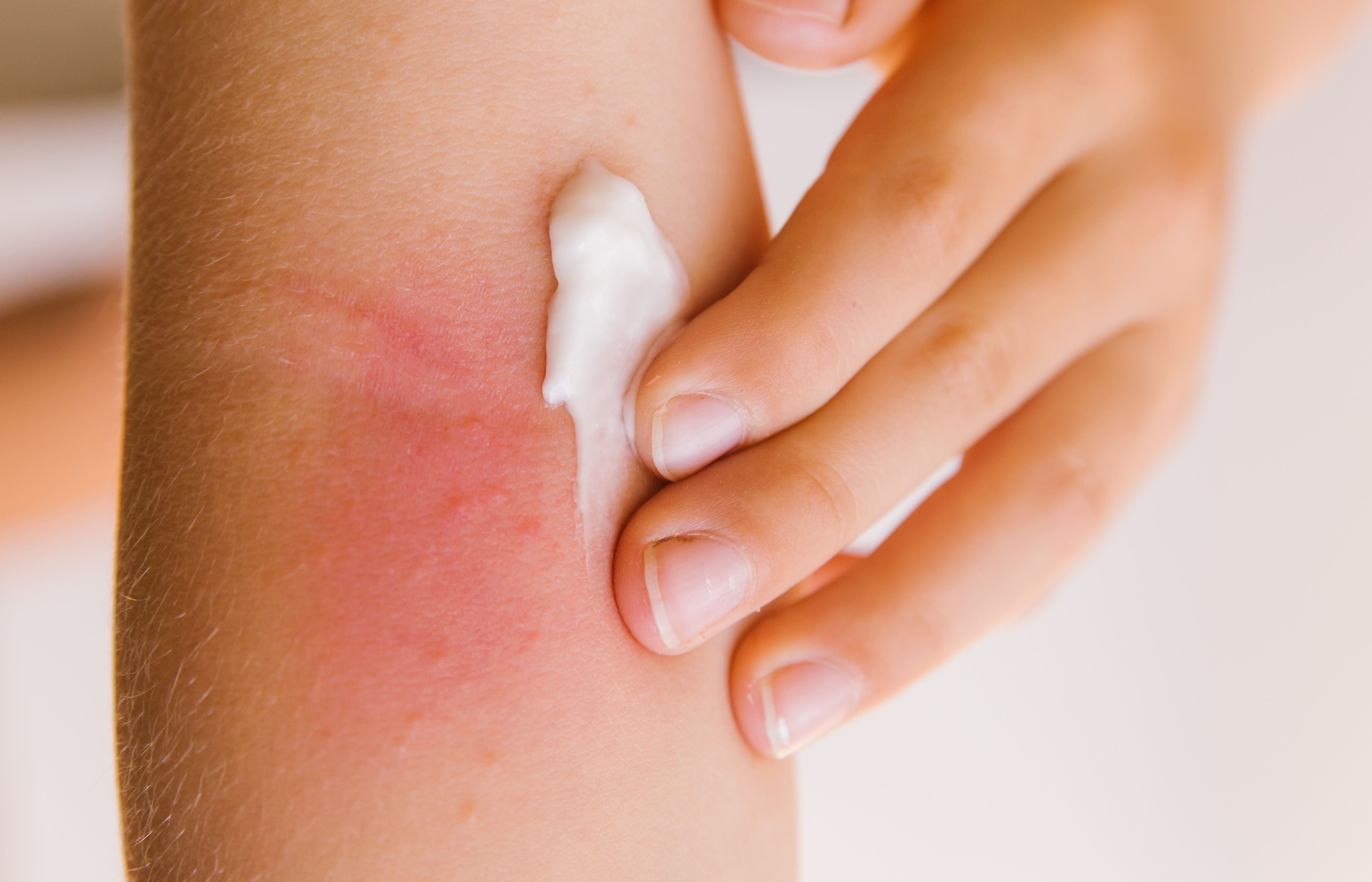- Acne
- Actinic Keratosis
- Aesthetics
- Alopecia
- Atopic Dermatitis
- Buy-and-Bill
- COVID-19
- Case-Based Roundtable
- Chronic Hand Eczema
- Chronic Spontaneous Urticaria
- Drug Watch
- Eczema
- General Dermatology
- Hidradenitis Suppurativa
- Melasma
- NP and PA
- Pediatric Dermatology
- Pigmentary Disorders
- Practice Management
- Precision Medicine and Biologics
- Prurigo Nodularis
- Psoriasis
- Psoriatic Arthritis
- Rare Disease
- Rosacea
- Skin Cancer
- Vitiligo
- Wound Care
Article
New Positive Topline Results From Ruxolitinib Phase 3 Trial for Pediatric AD
Author(s):
The TRuE-AD3 study met its primary endpoint of IGA-TS improvement from baseline at week 8.
Incyte announced today the positive topline results from its phase 3 TRuE-AD3 (NCT04921969) trial evaluating the safety and efficacy of ruxolitinib cream (Opzelura) in pediatric patients aged 2 to 12 years with atopic dermatitis.1 The randomized, vehicle-controlled, pivotal phase 3 trial met its primary endpoint of the proportion of patients achieving an Investigator’s Global Assessment Treatment Success (IGA-TS), defined as an IGA score of 0 (clear) or 1 (almost clear) with at least a 2-point improvement from baseline at week 8. Incyte's positive phase 3 data provides hope for a non-steroidal topical treatment option for pediatric patients.
Data from TRuE-AD3 showed significantly more patients treated with ruxolitinib cream 0.75% and 1.5% achieved IGA-TS than patients treated with vehicle control (non-medicated cream). The overall safety profile of ruxolitinib cream is consistent with previous data, and no new safety signals were observed. According to Incyte, the long-term safety portion of the study will continue as planned.
Key secondary endpoints include the proportion of patients achieving at least a 75% improvement from baseline in the Eczema Area and Severity Index (EASI75) score and the proportion of participants with at least a 4-point improvement in the itch numerical rating scale. The study is also tracking the frequency, duration, and severity of adverse events associated with the use of ruxolitinib cream.
According to Incyte, full data from TRuE-AD3 will be submitted for presentation at an upcoming scientific meeting.
The TRuE-AD3 trial has enrolled over 300 patients (age ≥2 to <12 years) diagnosed with AD for at least 3 months and who were candidates for topical therapy. Patients with an Investigator’s Global Assessment (IGA) score of 2 to 3, and with atopic dermatitis on 3% to 20% of their Body Surface Area (BSA; excluding scalp) were randomized 2:2:1 to receive ruxolitinib cream 0.75% administered twice daily (BID); ruxolitinib cream 1.5% BID; or vehicle (non-medicated cream) BID. Patients who successfully completed an efficacy assessment at week 8 were offered participation in the 44-week long-term safety treatment extension period with their same treatment group (ruxolitinib cream 0.75% or 1.5% BID). Patients initially randomized to vehicle cream were re-randomized (1:1) in a blinded manner to one of the active treatment groups.
In a recent Dermatology Times® custom Between the Lines video series, dermatology experts James Del Rosso, DO; Raj Chovatiya, MD, PhD; and Lisa Swanson, MD, PhD, reviewed the data and clinical context of ruxolitinib cream for the treatment of atopic dermatitis in adults from the TRuE-AD1 and TRuE AD2 trials.
Ruxolitinib cream is currently approved by the FDA for the treatment of nonsegmental vitiligo in patients 12 years of age and older, and is also approved in the US for the topical short-term and non-continuous chronic treatment of mild-to-moderate atopic dermatitis in non-immunocompromised patients 12 years of age and older whose disease is not adequately controlled with topical prescription therapies, or when those therapies are not advisable.
Reference
- Incyte announces positive topline results from phase 3 trial evaluating ruxolitinib cream (Opzelura) in children with atopic dermatitis. Incyte. July 11, 2023. Accessed July 11, 2023. https://investor.incyte.com/news-releases/news-release-details/incyte-announces-positive-topline-results-phase-3-trial
Newsletter
Like what you’re reading? Subscribe to Dermatology Times for weekly updates on therapies, innovations, and real-world practice tips.












